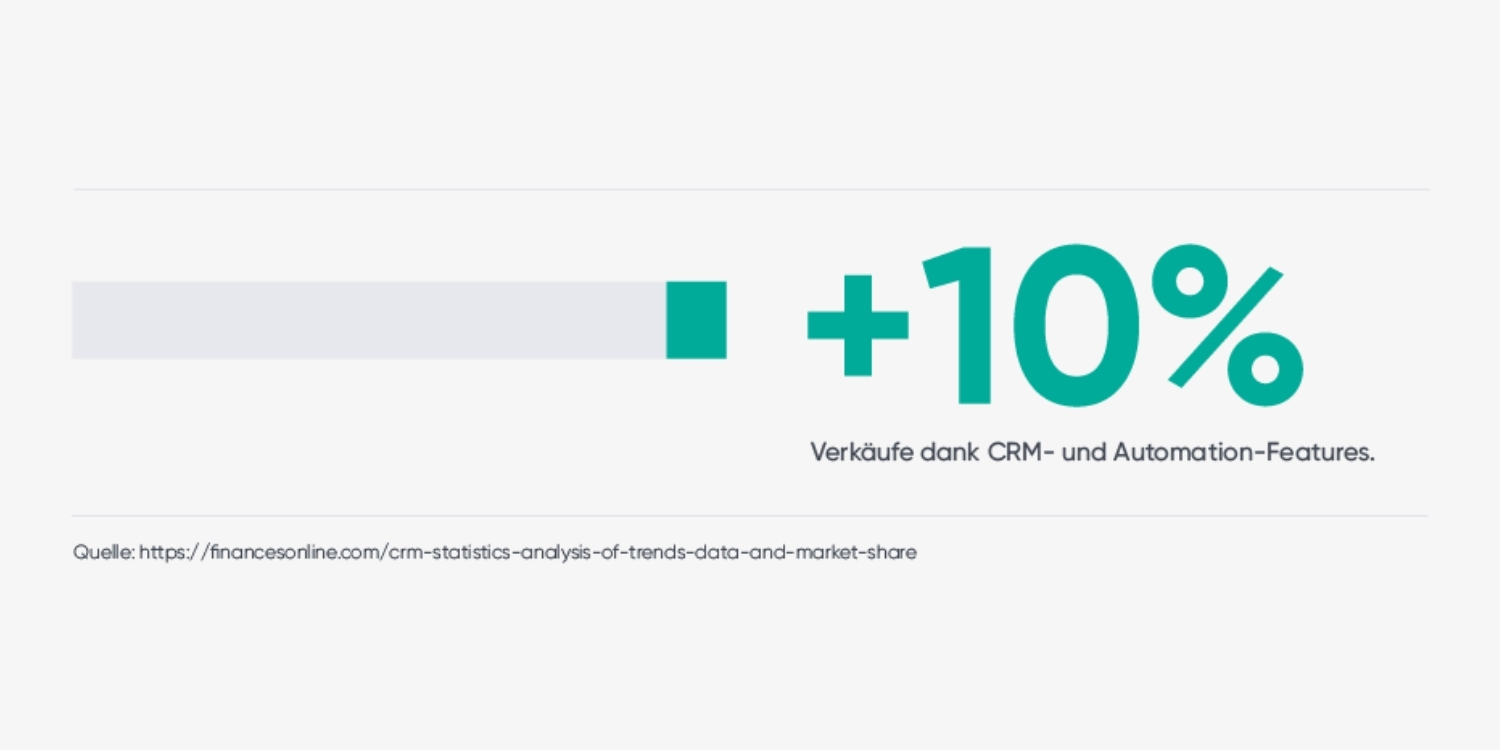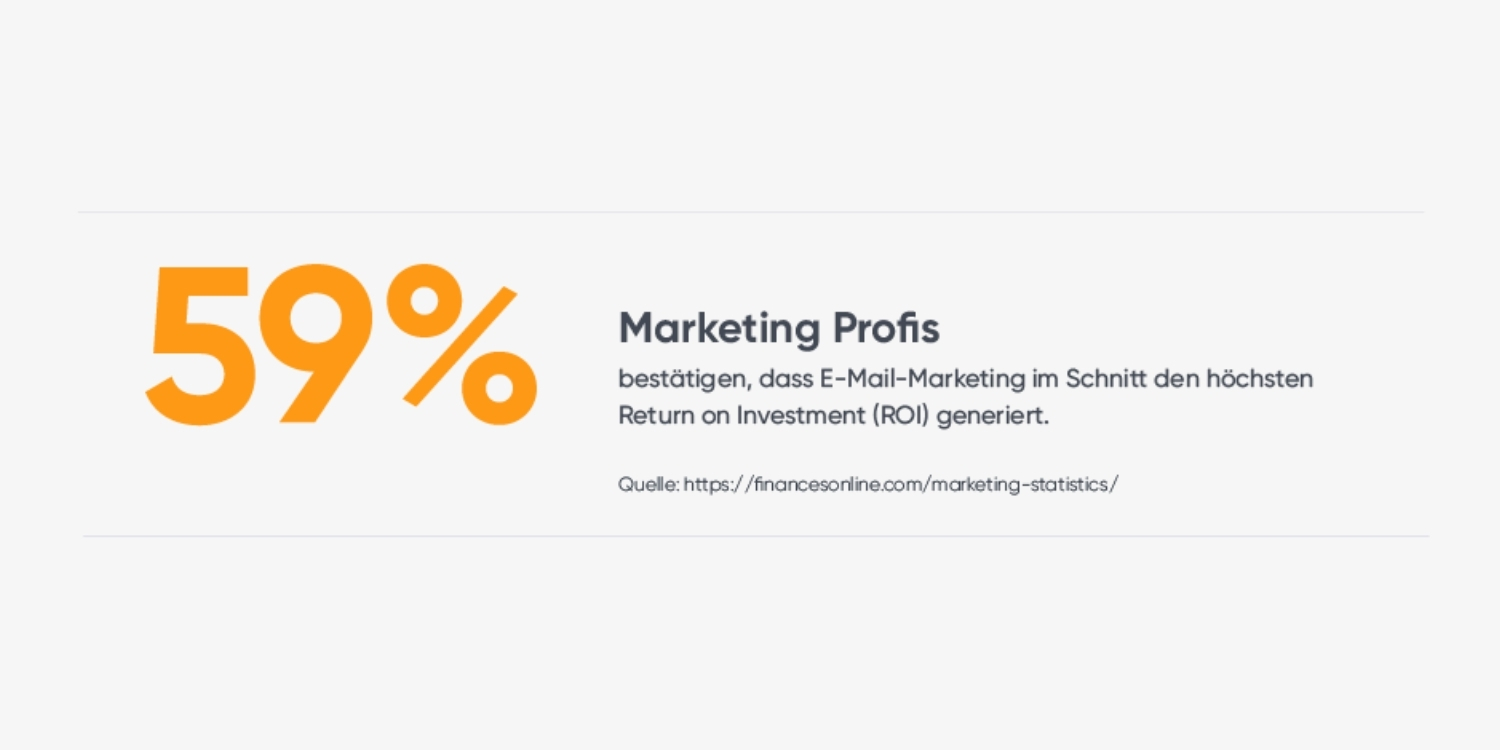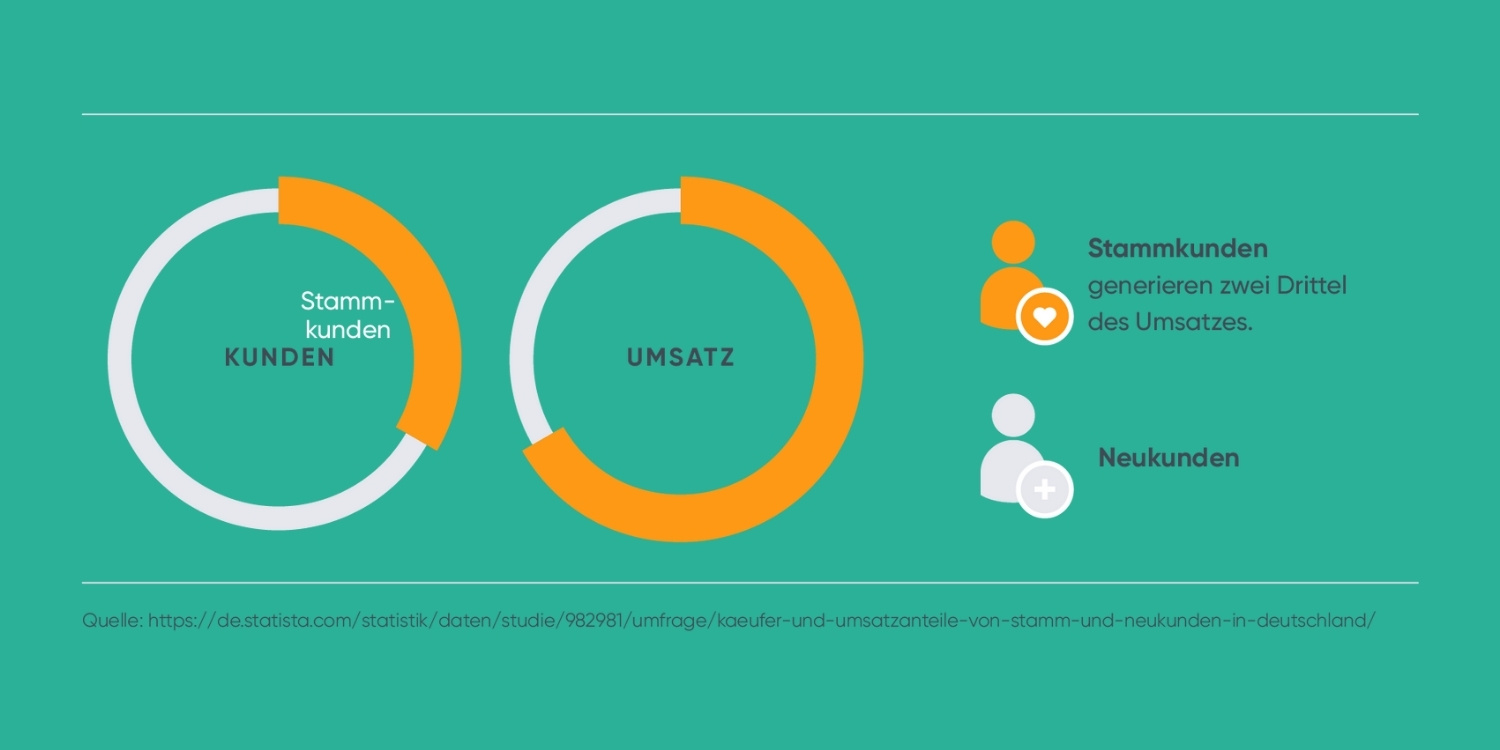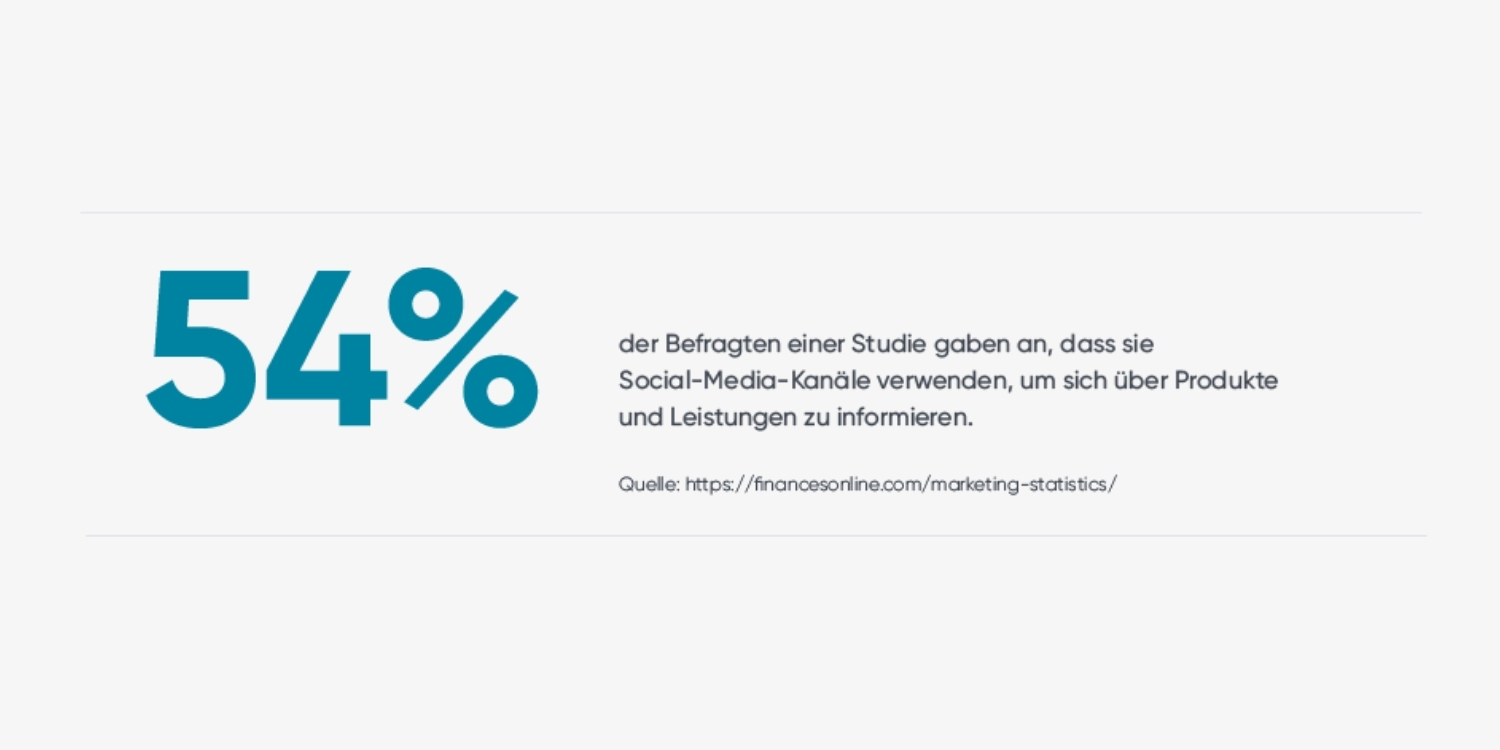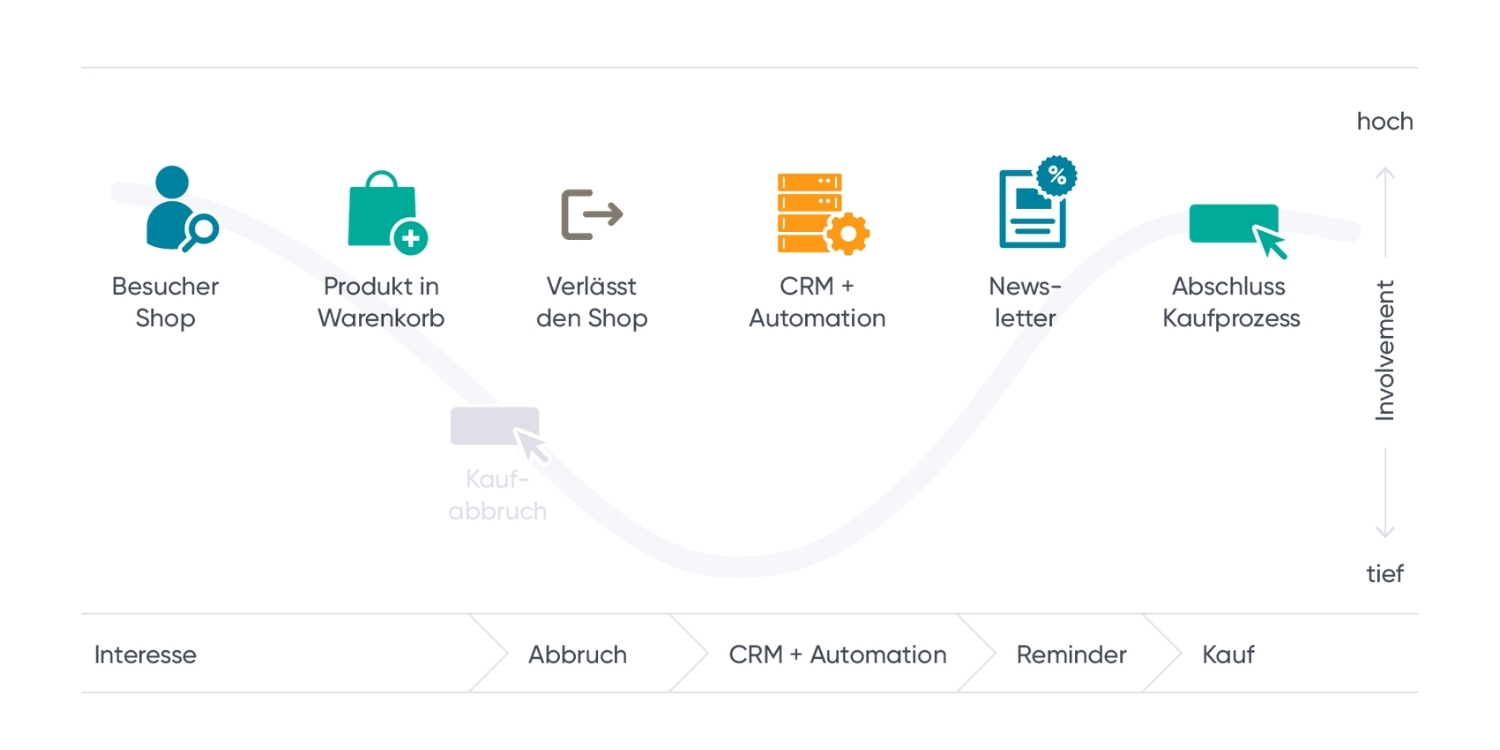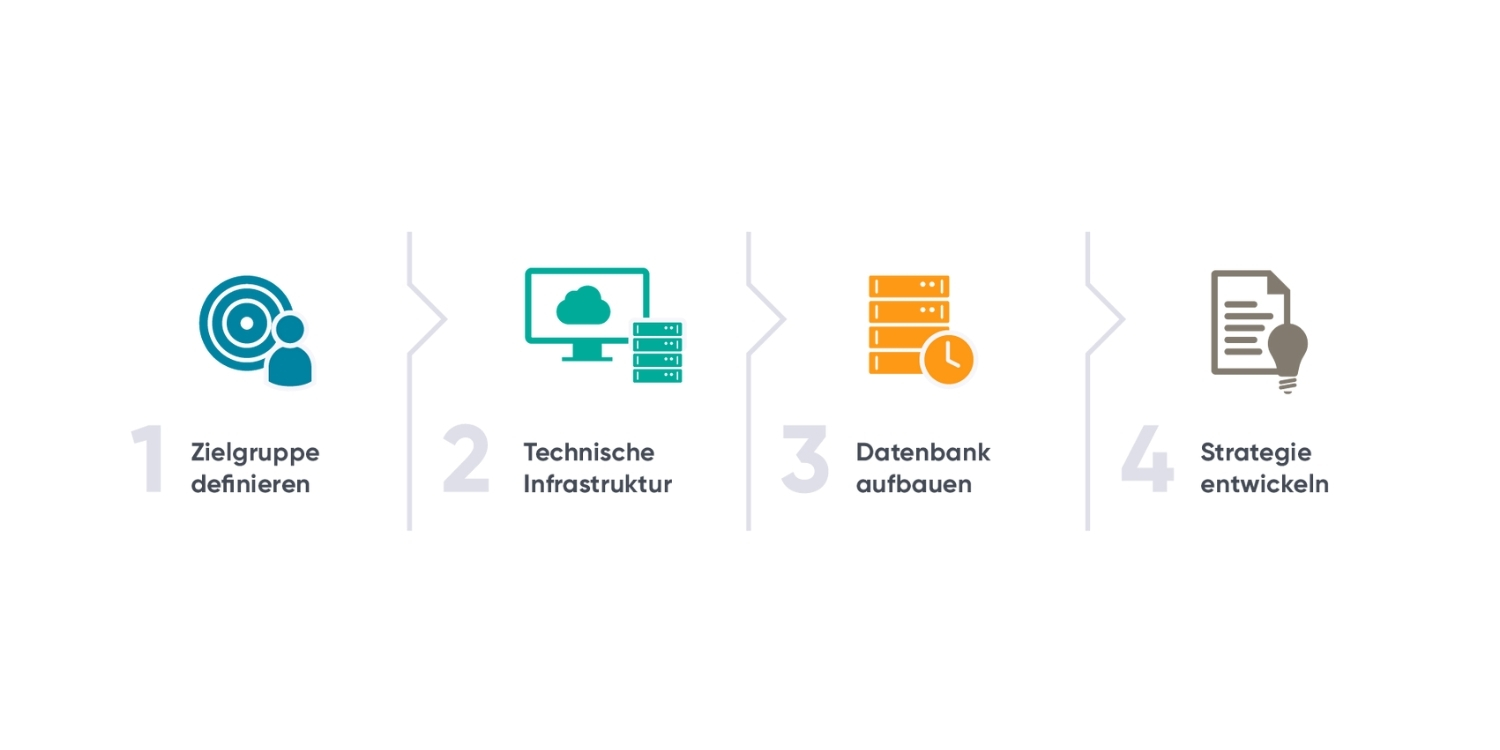BSI Software
26.05.2021
Automation in marketing, sales and service: What is it about?
In the digital age, traditional and static marketing campaigns are no longer sufficient for companies to remain competitive in the long term. Today, the technological prerequisites exist to analyze even extensive customer information and interactions in mere seconds and adjust your marketing activities accordingly. Software-based automation in your marketing department facilitates sustainable efficiency improvements in your lead management and enriched journeys for your customers.
What does marketing automation mean?
Marketing automation is about using software solutions to set up a workflow for marketing processes. Simplifying the planning, management and evaluation of marketing campaigns increases the quality of the obtained leads and the bond with existing customers. Using web tracking and other methods, you reach a personalized communication level that increases customer satisfaction and brand loyalty, thus better engaging prospects and existing customers.
Key points:
- With marketing automation software, companies can analyze large volumes of data to contact their customer segments in an individualized and automated manner.
- Automation in marketing, sales, and service lends itself to attracting new customers and retaining core customers.
- Besides the individualized and targeted customer engagement, automation also means higher efficiency of corporate cross-departmental workflows.
How and where is marketing automation used?
Modern marketing involves many channels that need to be synchronized consistently to be as effective as possible. Without marketing automation, though, it is impossible to consider every detail in real time – the effort required would simply be too much. Therefore, companies clustered marketing activities in the past and even assembled potential customer groups into coarse clusters.
Software-based marketing automation supports much more detailed customer journey management and efficient contextualization of the delivered content. It allows segmentation of customers into individuals: With the Segment of One principle, each customer is his/her own customer segment and can be engaged specifically and individually. For example, this can be done with trigger-based marketing, meaning that the delivered content is based on a potential customer’s events or actions, thus significantly enhancing the customer experience.
The benefits of marketing automation
Marketing automation allows you to reach out to your customers very specifically and deliver content to them that is precisely customized to their current interests. This approach, in turn, results in higher-quality leads, higher efficiency and, ultimately, higher revenue. Yet, the benefits of marketing automation go even further.
Automation promotes efficiency improvements
The manual planning, implementation and analysis of marketing activities on the individual channels consume many resources. This substantial use of personnel for the constant analysis and adjustment of activities is simply inefficient, expensive and slow.
Automating your marketing activities reduces these costs significantly, is faster and less error-prone at the same time and works nonstop. The unrestricted scalability facilitates the rapid processing of data spikes and, at the same time, the seamless documentation of all necessary details.
More high-quality leads through marketing automation
Instead of directing the same standardized content to thousands of customers, automated marketing can reach each person individually with precise segmentation: Hyper-personalization is the word of the day: Each action is delivered to the right person on the right channel and at the right time.
The more personally engaged customers feel, the sooner they will buy. Companies that had problems with individualization due to high lead and customer volume now have the option to personalize their outreach to prospects.
Better integration of marketing and sales
You can use marketing automation very flexibly, and other sections of the company benefit as well. For example, the customer information collected in marketing is also of great value to sales or service. This link provides for first-rate synergistic effects and prevents a silo mentality in individual departments.
Your marketing department benefits from highly personalized customer journeys and your customers’ unique customer experience while they interact with your brand. Your sales department can query all necessary information about the customer from a central location. At the same time, your service group saves time processing customer concerns with the guided processes and can specifically respond to individual customers’ concerns.
Did you know? According to a 2020 survey, sales teams recognize the potential of increasing their sales by up to 10% with CRM features such as automation.
Reporting for expedient analyses
Automation software helps you do more than plan, implement and manage various outreach activities. It also includes accurate reporting tools so you can perfectly measure the success of each activity. As a result, you can make specific readjustments and improve all your activities in the long run.
Ideally, all information is combined in one central location and, if possible, is displayed clearly and graphically. The easier we make it for the users to interpret the data, the more our employees will benefit directly from the collected information.
Marketing automation: Essential functions
So, how can marketing automation help you improve your marketing specifically? First, it is essential to rethink the entire concept of traditional marketing and set new priorities, to replace rigid workflows with trigger-based marketing and coarsely divided buyer personas with the highly personalized Segment of One.
How marketing workflows work
Targets and deadlines essentially determine marketing workflows. Traditionally, a workflow defines, for example, the period during which a Google Ad campaign runs, to whom it is addressed and how many conversions we want it to result in.
Automated marketing workflows, however, are trigger-based and far less static. A software solution adjusts the activities in real time, based on the customer’s events and his/her environment. This means that different content can be delivered to different people in different places – budget-friendly and revenue-generating.
An example:
A customer visits a webshop and fills his shopping cart. However, he leaves the shop shortly afterward without making a purchase. A suitable marketing software application detects this behavior. Two days later, it sends an automated e-mail reminder to the customer about the full shopping cart, potentially offering a discount on the selected items.
Automated customer journey management
The number of touchpoints and channels used by customers is rising steadily. What is also on the rise is the expectation that companies reach out to their customers on their preferred channels and are always informed about previous interactions at other touchpoints and each individual’s interests, wants and goals. This means that the customer journey has to be individualized, flexible and fluid – and the support provided by automation software accommodates this demand.
An example:
If you have a link to a weather API and geo-reference your potential customer, you can warn him of an impending storm and provide relevant safety precautions, giving the customer a tangible added value while at the same time creating the context for relevant offers, such as a supplemental insurance policy against storm damage or financing for weather-proofing the roof of his house.
Maximum customer segmentation
Dividing the customer base into buyer personas is standard practice. After all, we cannot consider thousands of customers individually, or can we? Marketing automation software does just that. The Segment of One approach allows you to consider each customer completely individually and, above all, in real time, meaning that his actions have a direct impact on your marketing activities.
All information, such as customer responses to ads and mailings, their time spent at the store or their behavior on a landing page, is added to the individual customer profile. From there, the system creates clusters that become more and more detailed and precise – right down to the individual. This is true hyper-personalization.
Good to know: In a study, 59% of the surveyed marketing professionals confirmed that e-mail marketing generates the highest return on investment (ROI) on average.
Of course, Segment of One is entirely impossible without automation software. Yet, with a suitable automation marketing solution, you can break down even several thousand customers into individuals, who you can all engage with the right content on the right channel and at the right time.
Service automation: Improving customer satisfaction through automation
In addition to the short-term revenue target, long-term customer loyalty is probably the most critical goal of any marketing strategy. While statistically speaking, core customers only amount to one-third of all buyers, they generate two-thirds of revenue. Here, too, automation marketing can provide valuable assistance. Because only those who feel acknowledged individually will develop a real connectedness to a brand.
Creating the perfect customer experience
Marketing experts like to argue about the characteristics of the perfect customer experience. The underlying goal there is always a customer’s long-term loyalty to a brand – a loyalty that goes far beyond the initial purchase, frequently extending over decades.
Automation marketing is ideally suited to creating highly individualized customer experiences. For example, the solution determines the perfect time and the best channel for personalized newsletters or attractive event invitations from the collected information.
How to make self-service effective with automation
Digital automation tools do not necessarily have to run in the background only. A comprehensive automation marketing strategy can also include so-called self-services that entail activities customers can use to be active online independently, for example, to get answers to questions or seek solutions.
Self-services can be your classic static FAQs but can also be automated solutions such as chatbots, contextual widgets, customer portals or web forms. All service channels can be combined and linked with the appropriate software to ensure that all information and interactions are consistently recorded in a central location. The more up-to-date and interactive a company’s virtual presence, the more fluid the customer journey is, and the more lasting the connecting effects of the overall marketing automation are.
Omnichannel marketing automation
One of the main factors of software-based marketing automation is the direct linking of many communication channels without any additional manual effort. A good software application simultaneously links and coordinates multiple marketing channels without a problem – in real time, intelligently and with functions that benefit all departments involved.
Customer website behavior, their responses to your most recent newsletter or even their interaction history on social media channels form the data foundation on which automation marketing is based. At the same time, it invariably facilitates the customized delivery of the right action on the right channel.
Did you know? 54 percent of respondents surveyed for a study reported that they use social media channels to get information about products and services.
Sales automation: Strengthening your sales efficiently
In sales, too, automation efforts simplify many processes and make your business more effective. While automated lead management results in better conversion rates, enhanced customer lifecycle management delivers sustainable customer satisfaction, long-term customer loyalty and promising opportunities for upselling and cross-selling.
Lead management and automated e-mails
Generating attention is only the first step of every marketing process. After all, the ultimate goal is to convert this attention into a sale. Therefore, lead management is an essential component in any sales organization and can be analyzed and improved with automation marketing solutions.
For example, automated and highly personalized e-mails support lead nurturing, which might include, for instance, newsletters, discount offers or invitations for webinars, ensuring that an initial inquiry will more likely turn into a qualified contact and ultimately a successful sale.
Customer Lifecycle Management
A customer’s experience does not only consist of a single interaction, such as a portal for online banking. Instead, it often entails years of experience and depends on personal life events or a change in life circumstances. If companies manage to capture these developments in their customers’ lives and deliver suitable offers, buyers will become loyal customers.
With marketing automation software, you can incorporate these long-term events into your current campaigns, ensuring maximum customer satisfaction and customer loyalty through customized offers. A customer who received your latest newsletter for maternity clothes in the spring will probably also like your advertisement for baby rompers in the fall.
Launch your marketing automation with these premises
Many companies continue to have strong reservations about implementing automation technologies – in the field of automation marketing or in accounting or sales using suitable solutions. Yet, it does not take much to create the proper premises for automation marketing.
1. Define your target audience and your use case
Defining your target groups is a fundamental pillar of any successful marketing strategy, and it is no different with marketing automation. Only those who know their customers and their needs can sustainably interact with them and boost sales.
Therefore, defining the target groups must have top priority in automation marketing as well. Dividing them into clusters based on the CRM system data and creating complex buyer personas are valuable approaches for a successful sale.
Based on specific data, the classification into clusters can be very detailed, down to the individual segmentation. Thanks to the software’s capability, you can do this without a problem, even with more extensive customer bases and many parameters.
2. Create the technical infrastructure
Many automation marketing systems are technically rather complex and require an equivalent IT infrastructure and extensive expertise to work. Yet, there are also cloud-based no-code platforms that, while complex and powerful, are geared primarily toward marketing professionals and not toward IT professionals based on their usability.
If there is pent-up digital demand in your business, this might be the right opportunity to rethink your company’s general digital strategy. You do not have to shoulder the technical requirements yourself, as external vendors can help with the implementation.
3. Build on a solid database
A common mistake marketing experts make is based on a certain degree of impatience: They are eager to present results, improvements and, in a best-case scenario, revenue growth to management as soon as possible. Yet, with patience, they will be able to harvest larger fruit.
A complex marketing automation software solution requires a lot of data to deliver excellent results. But to provision and analyze the data takes time. Build your marketing strategy on a stable data foundation, supplied by the various CRM touchpoints and databases, and think long-term.
4. Develop a forward-looking strategy
Of course, a successful long-term marketing strategy requires planning and a certain willingness to change. Unfortunately, routine and safety thinking stands in the way of many innovations. In a lot of companies, automation marketing can mean a small revolution – it has to be deliberate and well supported.
Before you begin to automate, make sure you have clearly defined goals. Which key figures and KPIs do you need to measure the success of the new activities? Which activities will you have to defer to implement the automation? And is there a hard and fast commitment from the entire company?
How to select the right software
Are you interested in software that drives your marketing automation? If so, you can select from a variety of solutions today. But not all of them are equally well-suited for different companies. Answer the following questions and find the right solution for your business.
How extensive are the IT skills in your company?
Depending on the industry, company size and personnel, information technology expertise is different in each company. A highly digitized and networked industrial company can implement software very differently from a more traditional medium-sized company focusing on retail products.
If your company’s IT skills are not particularly strong, you should opt for a straightforward and intuitive solution. Cloud-based products that offer all services in one program and have graphical user interfaces that are intuitive and require no programming, so-called no-code platforms, are most suitable.
What is your company’s size?
One of the significant advantages of state-of-the-art automation solutions is their ease of scalability. Many automation applications pay off even with a single employee or a small data volume. At the same time, they can process millions of data from tens of thousands of customers with ease as demand increases.
Although most solutions offer a relatively high degree of flexibility, the price-performance ratio of different solutions is often geared toward a specific company size. If your company is large, make sure not to select a solution that is primarily geared towards SMEs.
Do you already have a CRM solution?
A marketing automation tool is not the same as a CRM tool for the systematic design of customer relationship processes. Yet, significant synergistic effects might result from having both. Both the customer experience and the sales and service departments can benefit from using both solutions.
If you already have a CRM system, it is critical that you select an automation solution that is easy to integrate. If, on the other hand, you do not have CRM software in your company yet, consider selecting a comprehensive solution that includes a CRM platform.
Where are the servers located?
If you choose a cloud-based solution, consider the location of the vendor’s servers and the resulting impact on data protection. Transferring data to the U.S., for example, can be a problem in light of the EU GDPR. With servers in the DACH region or the EU, however, you play it safe while also satisfying the requirements of increasingly privacy-sensitive customers.
The conclusion
Now, what precisely will marketing automation do for you? In summary, it is an additional milestone on your company’s path into a digital future. The areas encompassing marketing, sales and service are ideal for a high degree of automation to operate even more efficiently and flexibly.
Marketing automation software can process millions of data from many customers in real time, analyze them and draw new conclusions with machine learning. With information gained in this manner, you can deliver customized and relevant content to your customers.
Thus, the automation principle kills two birds with one stone: Highly individualized communication increases the conversion rate due to its higher relevance and strengthens the bond with your core customers. At the same time, you save time and staff internally thanks to automated workflows – a clear win-win situation.

Talk with us
We would be happy to assist you at any time.


